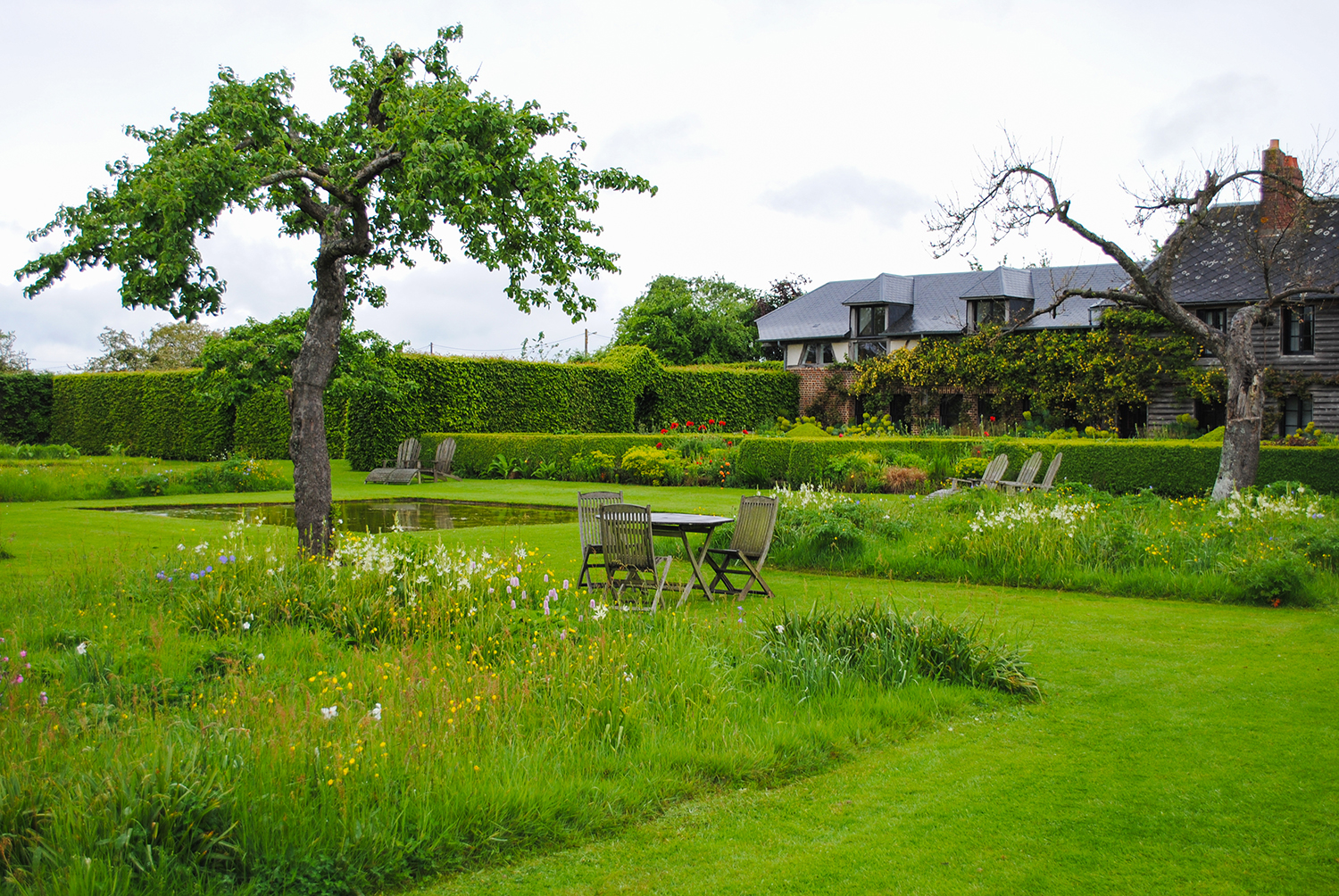Today, we mowed the food prairies, our prototype herbaceous plantings at SFA. I was hoping to wait till January 22nd to have a lab the first week of class and teach students about mowing naturalistic plantings. However, with the warm weather the underplanted Narcissus × odorus had flower buds emerging from the soil. This problem is one I outlined in detail in a previous post.
I did get to show Anna Claire and Jevon, two of our Plantery student apprentices how mowing is accomplished. For clearing the vegetation, I was inspired last year from a video Austin Eischeid posted to just raise a push mower on the highest setting and rev it into action.
Jevon mows!
Anna Claire mows!
Some plants that lay over need to be pulled up to come in contact with the mower blades.
This year is our second mowing of the food prairies, and it went off without a hitch. It took about 40 minutes to mow 650 square feet, but that includes some down time to refill the mower with gas.
I prefer to mow when we can because the ground up residue provides a mulch that prevents weed growth for much of the rest of the growing season. Even late into the fall of 2018 I was able to find ground up grass clippings from the January 2018 mowing.
The finished product. Notice the nice layer of chopped plant residue. It is amazing to see 3 to 4 feet of biomass reduced to a few inches. The deep green clumps are Carex cherokeensis.
And, we were able to find Narcissus × odorus buds still intact after the cut. Mission accomplished.
Oh, and here’s a video from last year if you want to see the process. Yes, our students do really mow that fast.




























































































